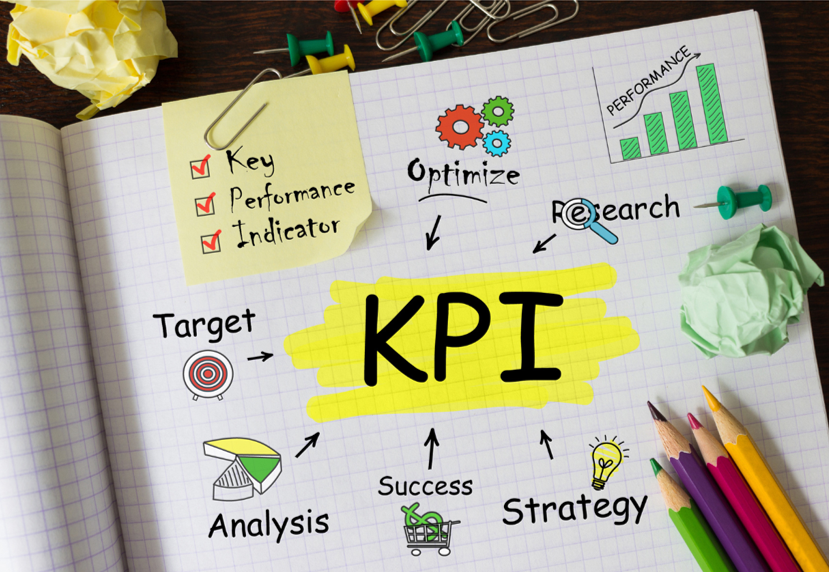
Hey there, health and human services heroes! You’ve got one of the toughest (and most rewarding) jobs out there—caring for people, improving lives, and making sure vital services reach those who need them most. But how do you know if your programs are actually making an impact? That’s where performance measurement comes in—it’s like your organization’s smartwatch, tracking progress, highlighting strengths, and pointing out areas that might need a little more exercise.
What is Performance Measurement (and Why Should You Care)?
Performance measurement is just another way of saying, “Let’s check how well we’re doing.” It’s all about collecting and analyzing data to see if your organization is hitting its goals. Think of it as a health check-up for your programs and services. Whether it’s tracking client satisfaction, program effectiveness, or financial sustainability, performance measurement helps ensure you’re delivering top-notch services while making the most of your resources.
Why Bother Measuring?
- Better Service, Happier Clients
Keeping an eye on key performance indicators (KPIs) helps you spot gaps in service, fine-tune delivery, and make sure clients are getting the care and support they deserve. - Show Me the Data! (And the Funding)
Funders, government agencies, and the public want to know their dollars are making a difference. Transparent performance measurement builds trust and accountability—and it doesn’t hurt when you’re making your case for more funding. - Smart Decisions Start with Smart Data
Want to know if a new program is worth expanding? Need to decide where to allocate resources? With solid data in hand, you can make informed, strategic decisions instead of guessing and hoping for the best. - Fighting Inequity, One Data Point at a Time
Not all communities have equal access to care. By tracking who’s being served (and who’s not being served), you can identify disparities and make sure no one is left behind. - More Efficiency = More Impact
Nobody likes wasting time or money. By measuring performance, you can streamline operations, reduce waste, and stretch your budget further—meaning more services for more people.
How to Get Started Without Getting Overwhelmed
Performance measurement doesn’t have to be complicated. Here’s how to keep it simple and effective:
1. Set Clear Goals – Know what success looks like before you start measuring it.
2. Choose the Right KPIs – Pick indicators that actually tell you something meaningful about your services.
3. Collect Data Regularly – Keep the info fresh and relevant so you can spot trends.
4. Involve Your Team – Everyone from frontline workers to leadership, and even clients, can have a say in what’s measured.
5. Use the Data! – Numbers don’t mean much if they just sit in a report—apply what you learn to improve services.
Performance Measurement in Action
At Collective Results, we’ve helped organizations just like yours develop performance measurement systems that actually work. We use interactive and engaging meetings to lead you through our innovative performance measurement process. It starts with developing goals, brainstorming indicators, choosing those that really matter, and developing systems and tools for collecting, displaying and analyzing the data. Whether you are a small organization looking to understand how you can make a difference to your clients, or a large organization looking for KPIs at the organizational level, this process will ensure that resources are used wisely—and that more people get what they need.
Ready to Get Measuring?
Performance measurement isn’t just about numbers—it’s about impact. It’s about making sure your hard work is translating into real change for the people you serve. So, let’s roll up our sleeves, crunch some numbers, and keep doing what you do best: making a difference!
